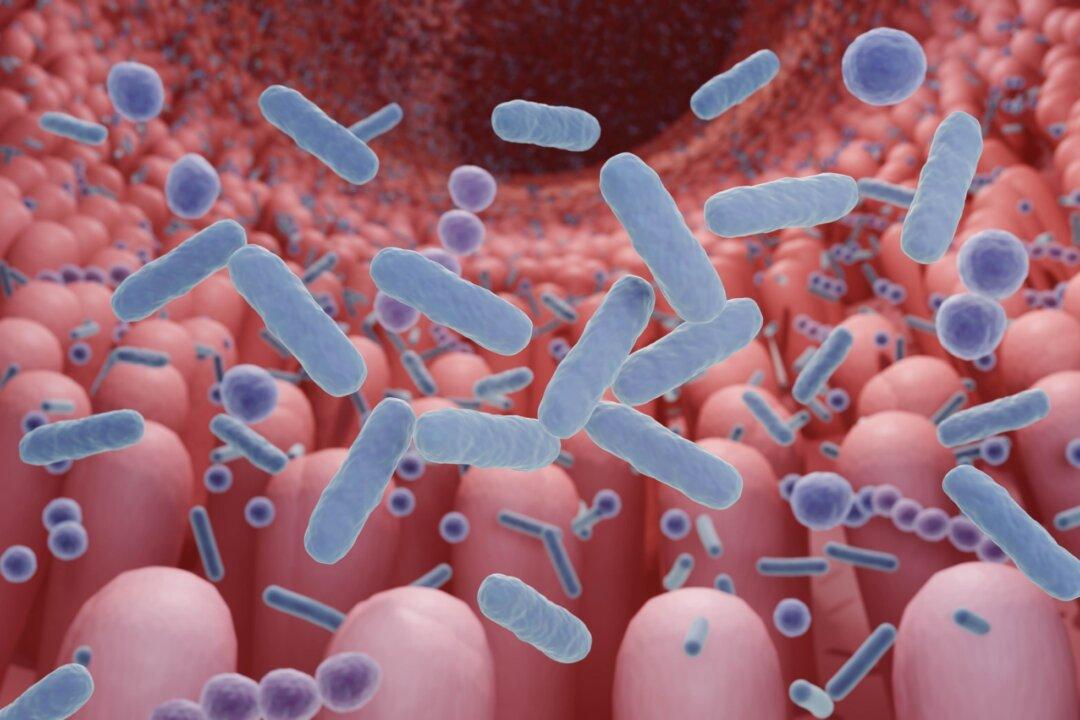To perform this review, German and Swiss researchers examined 24 studies evaluating 631 surgical, cloth, and N95 masks to determine their composition and the compounds they released. Sixty-three percent of the masks showed “alarming results,” the researchers wrote, releasing high amounts of micro- and nanoplastics.
The Latest Research
The latest study of this type, “Comprehensive Risk Assessment of the Inhalation of Plasticizers From the Use of Face Masks,” which recently appeared in the journal Environment International, tested four types of masks for the presence of 31 types of plasticizers. It also investigated to what extent these compounds and others were released (and thus inhaled) during simulated mask use.While “overall plasticizer concentration was similar in all four face mask types,” the researchers report, they found surgical masks and FFP2s (widely used in Europe) had high plasticizer release rates of around 4 percent (3.9 percent and 4.8 percent, respectively).
“Face masks are predominantly composed of synthetic materials,” most commonly polypropylene, polystyrene, polyethylene terephthalate, and polyester, the researchers wrote. The researchers were part of the Environmental and Water Chemistry for Human Health (ONHEALTH) group within the Institute of Environmental Assessment and Water Research in Barcelona, Spain.
Manufacturers also incorporate additives such as phthalates and organophosphate esters (OPEs) into masks as plasticizers “to increase softness and flexibility, or as a flame retardant,” the researchers stated. Other chemical compounds found in masks include heavy metals, PFAS, and VOCs.
Inhalation Simulation Tests
To investigate the amounts of plasticizers the masks released, the researchers conducted inhalation experiments on paper-mâché dummy heads to replicate typical use in humans. The findings showed that higher temperatures mimicking human breathing caused higher release of plastic additives. “The high-temperature condition [in the experiment] presents the worst-case scenario for the release of plastic additives,” the researchers wrote.The amounts of compounds the masks released varied widely, ranging from 0.1 percent to 95 percent depending on the specific compound and mask type.
“Notably, OPEs exhibited a mean release percentage of 1.0 [percent], similar to phthalates, which showed a 1.2 [percent] release,” the researchers wrote.
Masks ‘An Additional Exposure Pathway’
Importantly, the values for the specific compounds the study tested for “remained below the established threshold limits,” the researchers wrote. However, plasticizers are present in more than just masks; they are commonly incorporated into toys, food packaging, clothing, cosmetics, cleaning products, and other items most people come into contact with daily.Face masks “represent an additional exposure pathway that, when considered alongside other more predominant routes such as indoor/outdoor inhalation, dermal absorption, and dietary intake, makes the total exposure worthy of consideration,” the researchers wrote.
“Due to the proven exposure to plasticizers, the genotoxic, immunotoxic, and teratogenic [birth defect] risk remains regardless of the calculated values, particularly for children, pregnant women, and other risk groups.”





